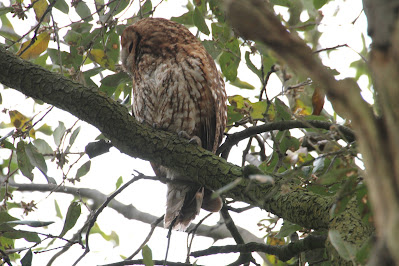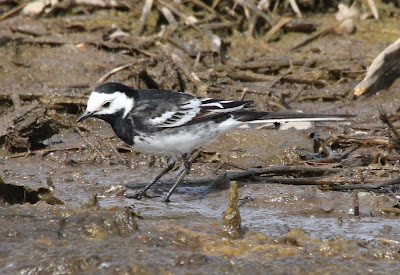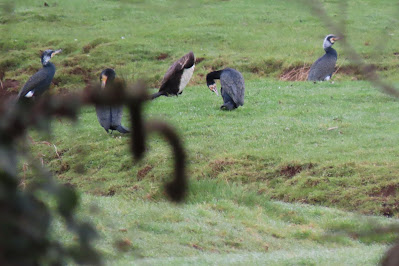The only thing the Great Outdoors has had in its favour in recent days
is the odd event of a double figure
overnight temperature, with that of a few of nights ago producing a high of +12°C and a First for the Year
while the
but when the 'Bird of the Day' turns out to be a
perched on the farmhouse roof and of no List Value you know you are on a
Slippery Slope!
while maybe a dozen or so are still happy with conditions at the Sewage Works.
Maybe a little more Good News as it looks like some
maybe due around the Manor House moved from dull to duller!
PIED WAGTAIL
this adult thought to be a new arrival?
A record count of 6
Moors River
was worthy of a mention along with a couple of shots and a description, of
Witches’ Brooms are caused by micro-organisms, and are therefore technically a type of gall. It’s thought that witches’ brooms are caused by fungal, viral or bacterial activity, and occasionally insect activity. This might sound like plant pathologists are hedging their bets, but really there are multiple causes of witches’ brooms. Witches’ brooms seen on birch trees, for example, are likely caused by a fungus called Taphrina betulina, and create some lovely examples of witches’ broom. In a witches’ broom, the growth of a lateral bud, the buds that make twigs and side shoots, loses control and causes multiple stems to form in a tangled, disorganised manner. Multiple years of growth is required to create big brooms.
Words of the Experts not my own! and to bring just a little joy to the World a
taken in Colombia in 2011















